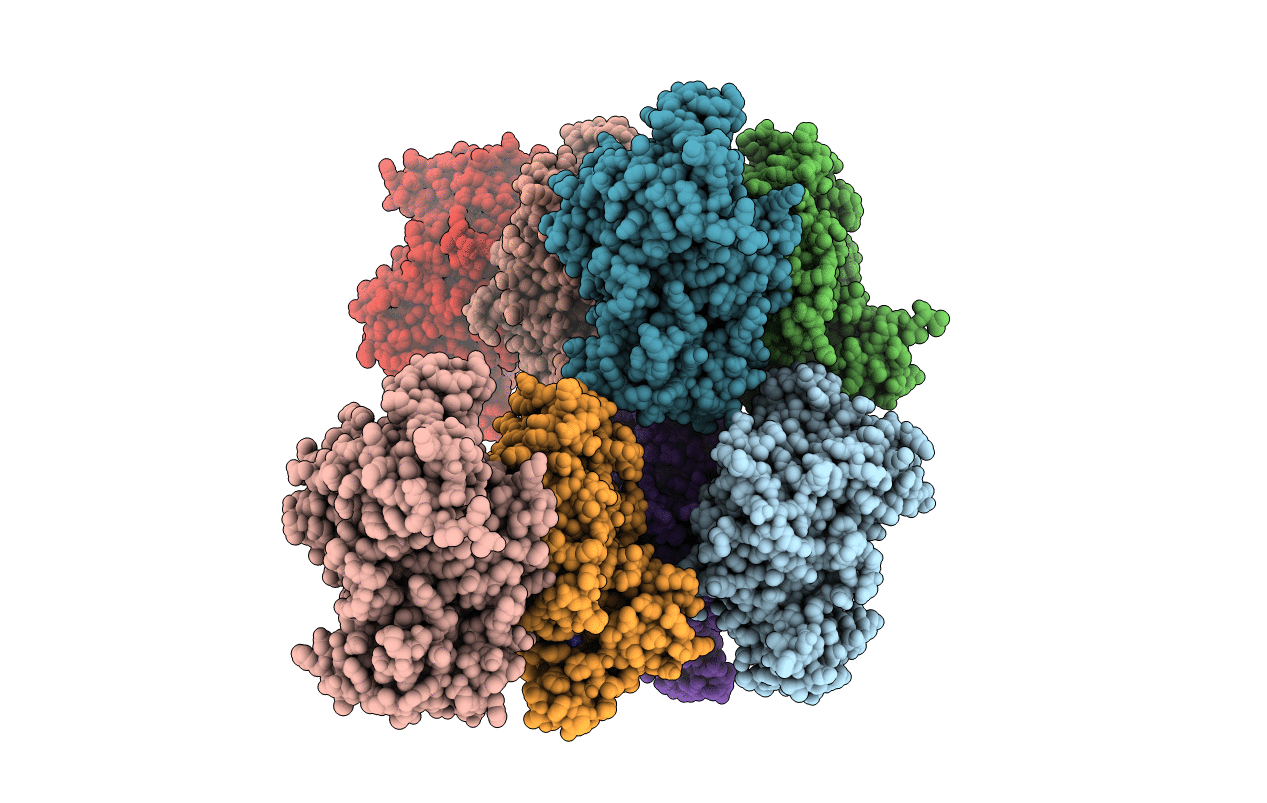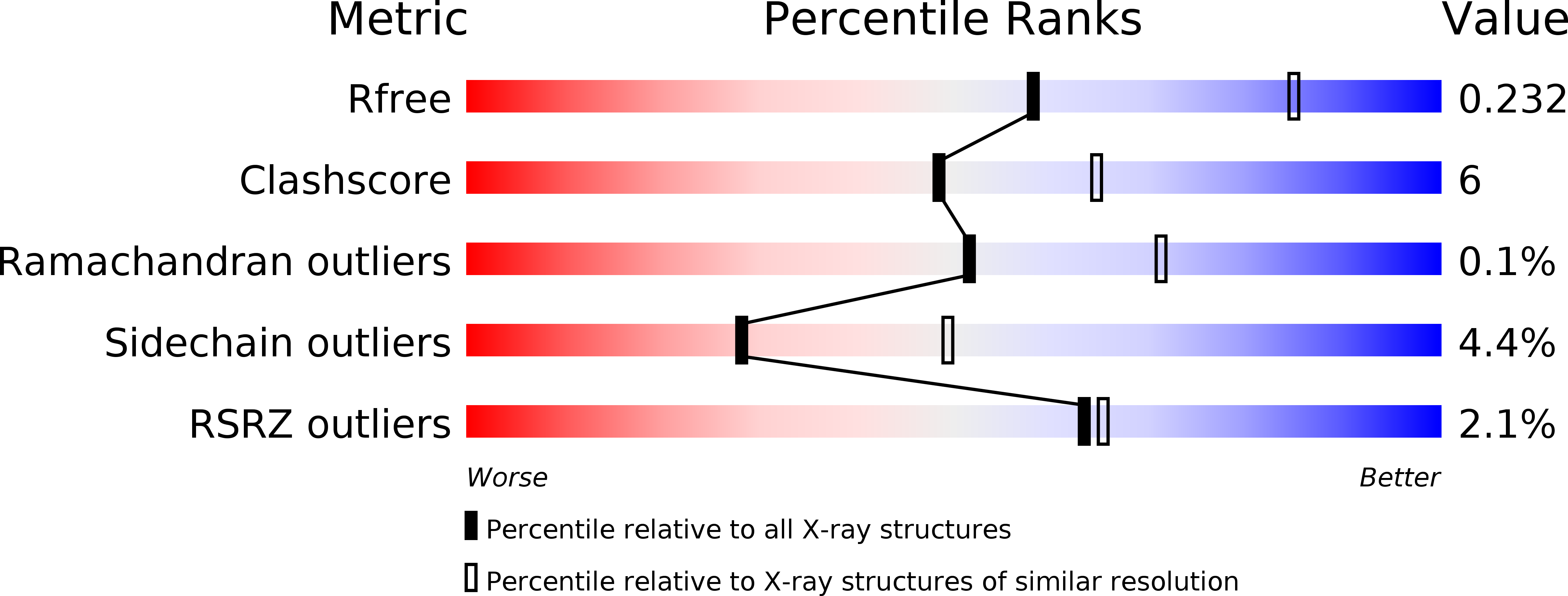
Deposition Date
2013-08-16
Release Date
2014-03-12
Last Version Date
2023-09-20
Method Details:
Experimental Method:
Resolution:
2.48 Å
R-Value Free:
0.22
R-Value Work:
0.17
R-Value Observed:
0.17
Space Group:
C 2 2 2


